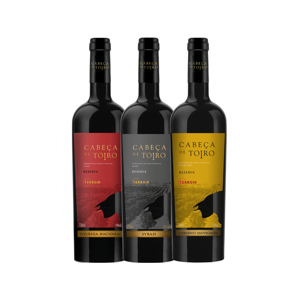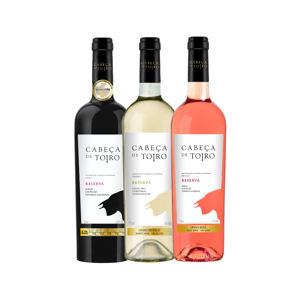Quinta de S. João Batista has a history full of noble and religious events that led to several changes of ownership over the years. Originally known as Quinta de Caniços, the property belonged to the Fróis family before being left to a Jesuit priest. After the expulsion of the Jesuits, the property passed to the State and, later, to the noble family of the Counts of Sam Paio.
Quinta de Caniços was mainly used for the production of horses, mules and oxen for export, and was sold in 1898 to the wealthy owner João Batista de Macedo.
João Batista de Macedo was a successful merchant in Africa before moving to the Torres Novas region of Portugal, where he purchased Quinta de Caniços and renamed it Quinta de S. João Batista.
He rebuilt much of the property and the existing house is a colonial construction similar to the one he had in São Tomé.
Ownership passed to João Batista's widow and her daughters upon his death in 1904.
Today, the Quinta's garden is a mix of African and Portuguese colonial flora, with many exotic trees.

Manor House of Quinta São João Batista

The colonial style of the manor house present on the estate also includes an architectural ensemble with excellent cellars for wine aging and a traditional winemaking cellar. Located in the heart of the “Bairro”, the best of the three “sub-regions” of Tejo, near the Paul do Boquilobo Natural Reserve, the property covers a total area of 145 Ha, of which 124.16 Ha are dedicated to vineyards.
Of these, about 15 Ha are organic vineyards, with the grape varieties Fernão Pires, Syrah, and Touriga Franca. The microclimate influenced by the proximity of the Natural Reserve as well as the Almonda River helps regulate the temperature and soil humidity, creating ideal conditions for grape cultivation. The high relative humidity helps minimize the effect of high summer temperatures. Furthermore, the soil in the region is rich in nutrients, allowing for good grape maturation and resulting in wines with complex flavors and intense aromas.
The soils are clay-loam with low fertility (organic matter content < 1.3%). The yields are balanced and vary between 8,000 to 12,000 Kg/ha per year. The winemaking center is modern, functional, and excellently located, using sustainable and environmentally friendly farming methods (ECO Friendly).










